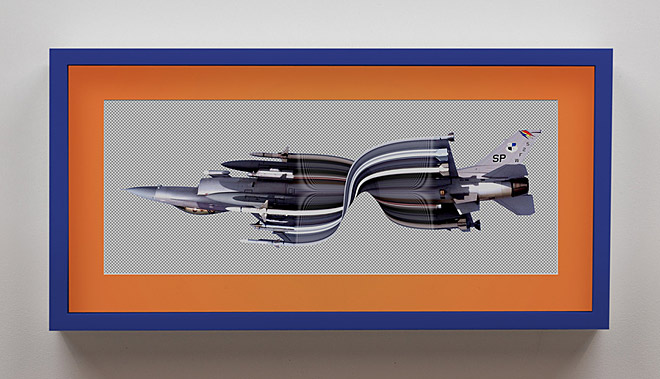One of the many consequences of global warming is that it’s now, for the first time, possible to drill under the sea bed of the Arctic ocean. The oil companies are all there, of course, running geological tests and bickering with each other about the potential environmental consequences of an oil spill. But they’re not the only people drilling. Because there’s something even more valuable than oil just waiting to be found under the Arctic.
What is worth so much money that three different consortiums would spend billions of pounds to retrofit icebreakers and send them into some of the coldest and most dangerous waters in the world? The answer, of course, is information.
A couple of days ago, I called a friend in Tokyo, and we had a lovely chat. If he puts something up on Twitter, I can see it immediately. And on the web there are thousands of webcams showing me what’s going on in Japan this very second. It doesn’t look like there’s any great information bottleneck there: anything important which happens in Japan can be, and is, transmitted to the rest of the world in a fraction of a second.
But if you’re a City trader, a fraction of a second is a veritable eternity. Let’s say you want to know the price of a stock on the Tokyo Stock exchange, or the exact number of yen being traded for one dollar. Just like the light from the sun is eight minutes old by the time it reaches us, all that financial information is about 188 milliseconds old by the time it reaches London. That’s zero point one eight eight seconds. And it takes that much time because it has to travel on fiber-optic cables which take a long and circuitous route: they either have to cross the Atlantic, and then the US, and then the Pacific, or else they have to go across Europe, through the Middle East, across the Indian Ocean, and then up through the South China Sea between China and the Philippines.
But! If you can lay an undersea cable across the Arctic, you can save yourself about 5,000 miles, not to mention the risk of routing your information past a lot of political flash points. And when you’re sitting in your office in London and you get that dollar/yen exchange rate from Tokyo, it’s fresh from the oven, comparatively speaking: only 0.168 seconds old. If everybody else is using the old cables and you’re using the new ones, then you have somewhere between 20 milliseconds and 60 milliseconds when you know something they don’t.
Those are periods of time so short that humans can barely notice them. This essay, for instance, is about 900,000 milliseconds long, and it takes me hundreds milliseconds just to say the word “cable”. Which is a word with more than one meaning. To you, it probably means some kind of wire. But to City traders, it means 1.6254, or something very close to that number. Because in the City, “cable” means the pound/dollar exchange rate. And it’s named that after a transatlantic cable which was used to telegraph the exchange-rate information from London to New York as far back as 1858. […]
Obviously, only computer algorithms can make money from an information advantage which is measured in milliseconds. It’s computers which are making the decisions to buy and sell: if they had to wait for a human to sign off on those things, they’d never make any money at all. […] The more obvious problem with exchanges run by computers is that computers don’t have any common sense.
{ Felix Salmon/Reuters | Continue reading }























